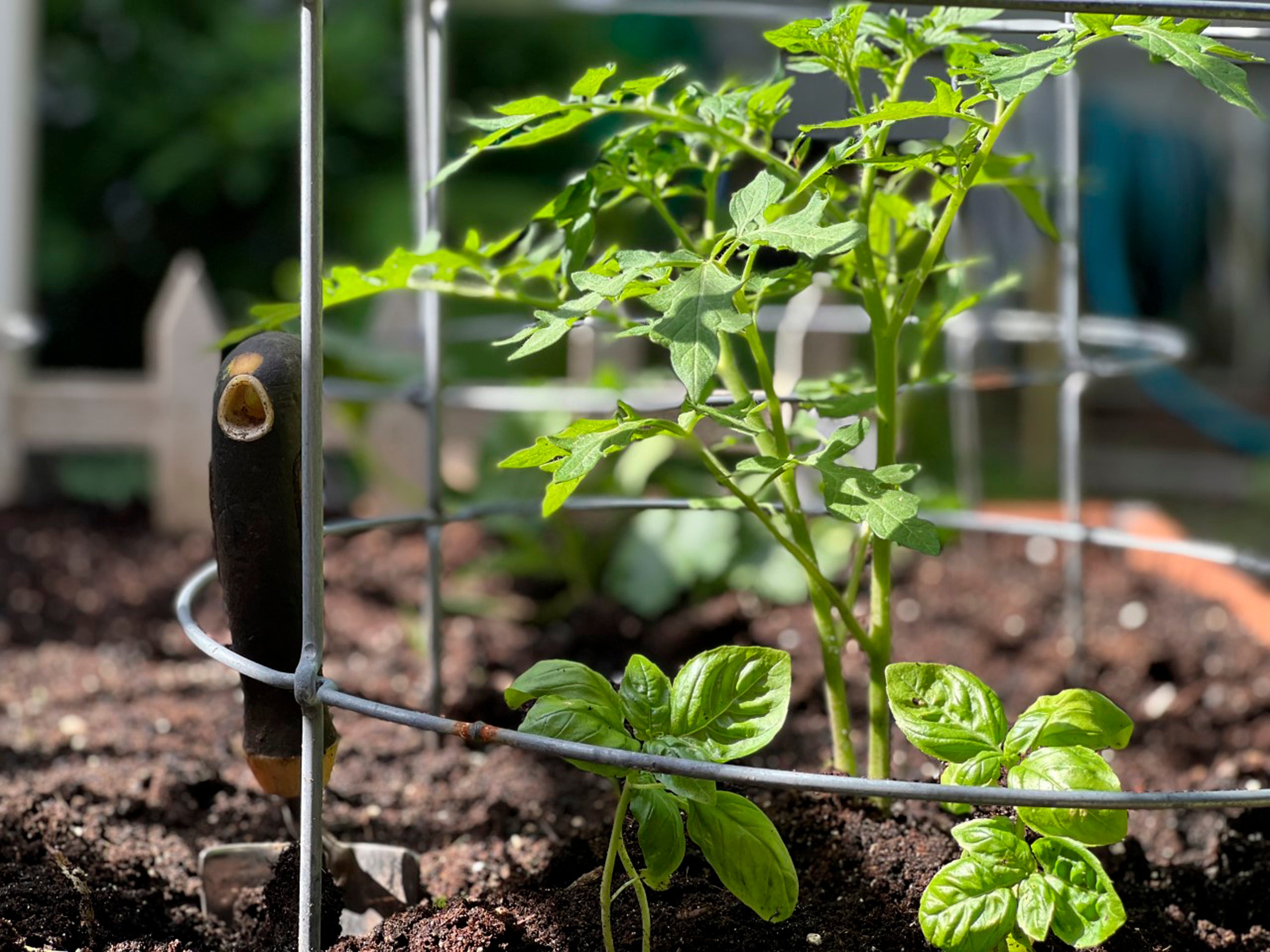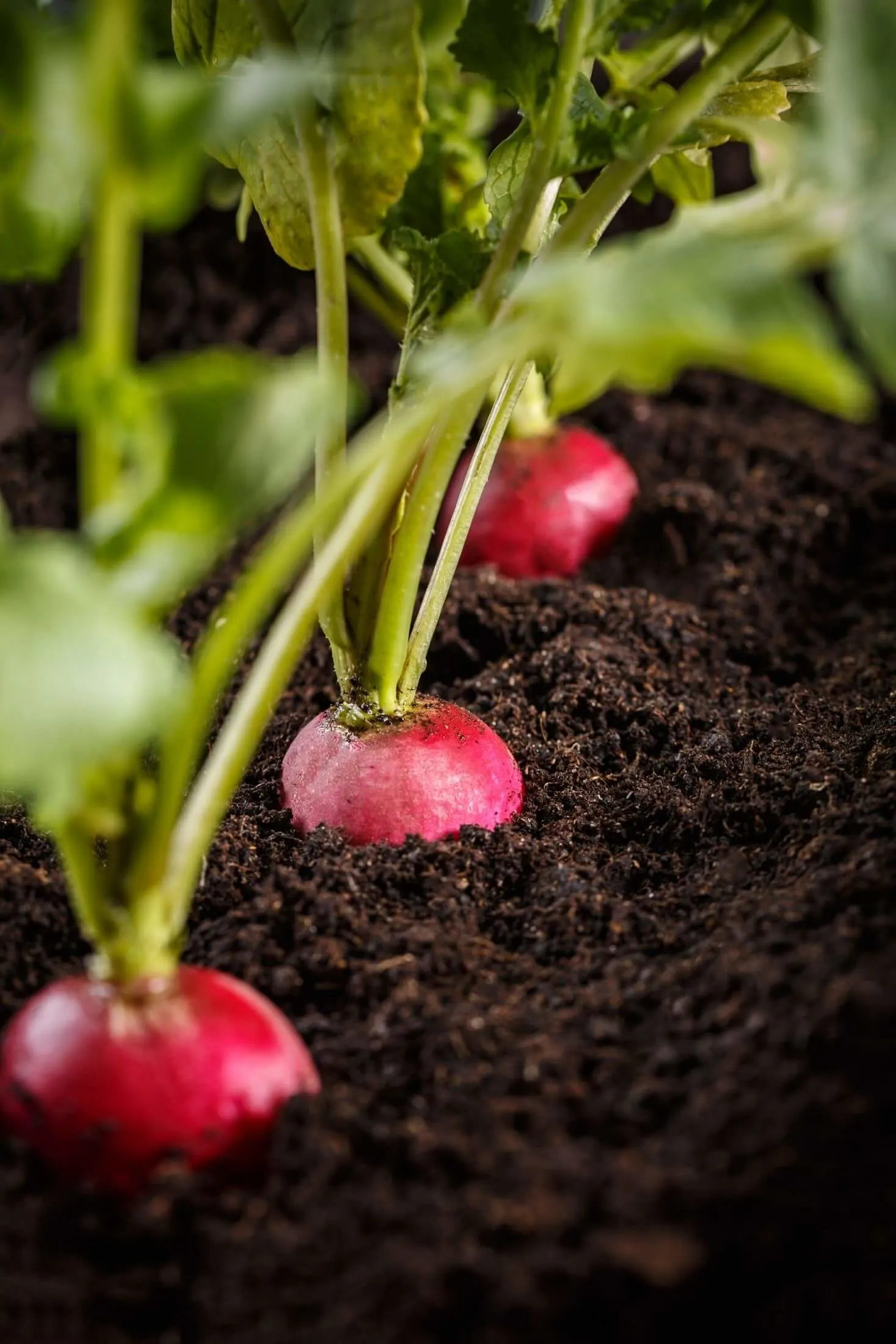Grow Better Crops With Complementary Planting
Grow Better Crops with Complementary Planting
Companion planting is a gardening practice that involves planting different types of plants together in order to benefit each other. This can be done by planting plants that attract beneficial insects, repel pests, or improve soil health.
There are many benefits to companion planting. Some of the most common benefits include:
- Increased crop yields. Companion planting can help to increase crop yields by attracting beneficial insects, which help to pollinate plants and control pests.
- Improved soil health. Some companion plants, such as legumes, can fix nitrogen in the soil, which can improve soil fertility.
- Reduced pest problems. Companion plants can help to repel pests, which can help to reduce the need for pesticides.
- Improved flavor. Some companion plants can improve the flavor of other plants. For example, basil is often planted near tomatoes to improve their flavor.
If you are interested in trying companion planting, there are a few things you need to keep in mind. First, you need to choose the right plants to grow together. There are many resources available to help you find companion plants that will work well in your garden.
Once you have chosen your plants, you need to plant them in the right way. Some companion plants need to be planted close together, while others need to be planted further apart. You also need to make sure that the plants you are planting have similar water and sunlight requirements.
With a little planning, companion planting can be a great way to improve your garden's productivity and health.
Here are some of the most popular companion plants and their benefits:
- Beans and corn: Beans fix nitrogen in the soil, which can benefit corn. Corn provides support for beans to climb.
- Carrots and onions: Carrots repel onion flies, while onions repel carrot root flies.
- Cucumbers and marigolds: Marigolds repel cucumber beetles, which can damage cucumbers.
- Lettuce and tomatoes: Lettuce shades the soil around tomatoes, which helps to keep the soil moist and cool.
- Peas and beans: Peas fix nitrogen in the soil, which can benefit beans. Beans provide support for peas to climb.
- Potatoes and tomatoes: Potatoes repel tomato hornworms, while tomatoes repel potato beetles.
- Squash and beans: Squash provides support for beans to climb. Beans fix nitrogen in the soil, which can benefit squash.
Here are some tips for companion planting:
- Do your research. There are many resources available to help you find companion plants that will work well in your garden.
- Plant the right plants together. Some companion plants need to be planted close together, while others need to be planted further apart.
- Make sure the plants have similar water and sunlight requirements.
- Experiment. There is no one-size-fits-all approach to companion planting. Experiment with different combinations of plants to see what works best in your garden.
Companion planting is a great way to improve your garden's productivity and health. By planting the right plants together, you can attract beneficial insects, repel pests, improve soil health, and even improve the flavor of your crops.
FAQ of complementary crops
Question 1: What are complementary crops?
Answer: Complementary crops are two or more crops that are planted together in a way that benefits each other. They can be beneficial in a number of ways, such as:
- Attracting beneficial insects: Some crops attract beneficial insects, such as ladybugs and lacewings, which help to control pests. For example, planting marigolds near tomatoes can help to attract ladybugs, which eat tomato hornworms.
- Distracting pests: Some crops can distract pests, making them less likely to attack other crops. For example, planting mint near cabbage can help to distract cabbage moths.
- Providing shade or windbreak: Some crops can provide shade or windbreak for other crops, which can help to protect them from the elements. For example, planting corn or sunflowers near beans can help to protect the beans from the wind.
- Fixing nitrogen: Some crops, such as legumes, can fix nitrogen from the air, which can benefit other crops. For example, planting beans or peas with corn can help to provide nitrogen for the corn.
Question 2: How do I choose complementary crops?
Answer: There are a few things to consider when choosing complementary crops:
- The climate: Some crops are better suited for certain climates than others. For example, corn is a warm-season crop, so it would not be a good choice to plant with beans, which are a cool-season crop.
- The soil type: Some crops prefer certain soil types. For example, potatoes prefer sandy soil, while tomatoes prefer loamy soil.
- The pests and diseases: Some crops are susceptible to the same pests and diseases. For example, tomatoes and potatoes are both susceptible to verticillium wilt. Planting these crops together could increase the risk of the disease spreading.
- The growth habits: Some crops have different growth habits. For example, corn is a tall crop, while beans are a short crop. Planting these crops together could help to prevent the corn from shading out the beans.
Question 3: How do I plant complementary crops?
Answer: There are a few different ways to plant complementary crops:
- Intercropping: This is when two or more crops are planted in the same row. This is a good way to take advantage of the different growth habits of the crops.
- Strip cropping: This is when two or more crops are planted in alternating strips. This is a good way to protect the crops from pests and diseases.
- Mixed cropping: This is when two or more crops are planted in a random mixture. This is a good way to create a more diverse ecosystem, which can help to attract beneficial insects and suppress pests.
Question 4: Where can I find more information about complementary crops?
Answer: There are a number of resources available to learn more about complementary crops. Here are a few suggestions:
- The University of California Cooperative Extension: This website has a wealth of information on complementary cropping, including crop lists, planting guides, and pest management tips.
- The Rodale Institute: This organization is a leader in sustainable agriculture, and their website has a lot of information on complementary cropping.
- The Organic Farming Research Foundation: This organization provides research-based information on organic farming, including complementary cropping.
Question 5: What are some examples of complementary crops?
Answer: Here are a few examples of complementary crops:
- Corn and beans: Corn provides a tall stalk for beans to climb, while beans fix nitrogen for corn.
- Potatoes and beans: Potatoes provide shade for beans, while beans fix nitrogen for potatoes.
- Marigolds and tomatoes: Marigolds attract ladybugs, which help to control tomato hornworms.
- Spinach and carrots: Spinach shades carrots from the sun, while carrots help to suppress pests that attack spinach.
- Sunflowers and corn: Sunflowers attract beneficial insects, while corn provides a tall stalk for sunflowers to grow on.
Image of complementary crops
- Beans and corn: Beans fix nitrogen in the soil, which corn benefits from. Corn provides shade for beans, which helps to protect them from pests.

- Carrots and onions: Carrots help to repel onion pests, while onions help to repel carrot pests. They also have different root depths, so they don't compete for water and nutrients.

- Lettuce and tomatoes: Lettuce provides shade for tomatoes, which helps to protect them from the sun. Tomatoes also help to deter pests from lettuce.

- Peas and cucumbers: Peas help to suppress weeds, which cucumbers benefit from. Cucumbers also help to attract pollinators, which peas benefit from.

- Spinach and radishes: Spinach helps to suppress weeds, which radishes benefit from. Radishes also help to break up the soil, which spinach benefits from.

Post a Comment for "Grow Better Crops With Complementary Planting"